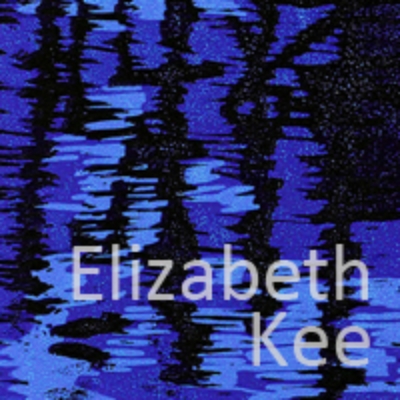The current TB lab on site is covered in plastic wrap to protect from beetles. Not only is this bad for ventilation, which is one of the few ways of naturally combating TB, but it was tested to be 2 - 4 F degrees hotter inside the structure than outside. This is an image of the entry way into the lab; not only is it covered in plastic, but the roof is in need of repair and is falling off.
Project Description
Tuberculosis is one of the biggest contributors to morbidity and mortality in the developing world, especially where environmental factors facilitate transmission and clinics are not designed for airborne transmission. This project’s goal is to intertwine community-based medical aid with research on ventilation techniques, local materials, daylight, and program organization. Research into how a new design type could affect each of these elements was explored and finally a new TB lab will be built in a refugee camp on the Thai-Burma Border. This TB lab will become a proto-type for the local community health organization KDHW and other labs will be built further inside of Karen State, Burma where foreign medical aid is not currently allowed.
Phase 1 focused heavily on research regarding the site, currently used local TB clinics and labs, and how TB infections spreads and interacts with the environment. All of these mitigating factors were the first part of understanding what specific interventions design could play in lowering transmission within the lab and making the new lab a safer and better working environment.
During this phase it was important to not only closely interact with the community in the refugee camp, but to also work with the local health organization that I will be building this TB lab for. Seeing the site and the current TB lab was extremely important and drastically changed the design from using bamboo to mud brick as a away of dealing with the endemic beetle problem they have on site. Site visits occurred in the summer of 2012 as well as January of 2013
A photograph from the backside of the lab where the sputum culturing area is. For the new design they have asked for more daylight in this area as well as an area to catch water to clean the sputum slides on site.
Interior of lab: Microscope Area
Interior of lab: Storage of equipment and medicine







